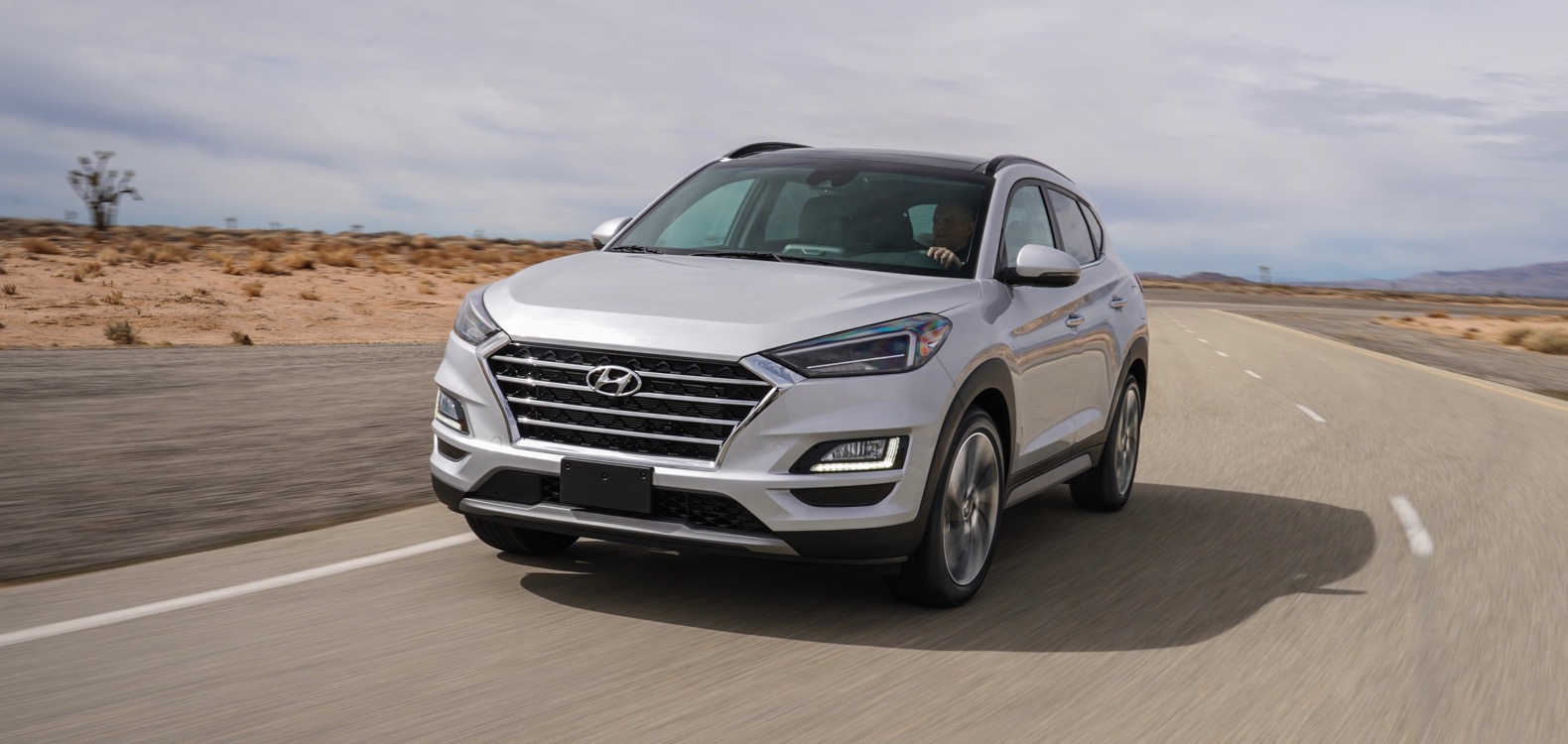
.
The
Hyundai H100 comes in 4 variants, namely the Hyundai H 100 Bakkie 2.6D deck, Hyundai H 100 Bakkie 2.6D deck (aircon), Hyundai H 100 Bakkie 2.6D tipper & Hyundai H 100 Bakkie 2.6D tipper (aircon). We’ve put all the
H100 specs and features into a list below. You can view more information about the
H100 at
Group 1 Hyundai..
Interior
Cloth upholstery - All models
Seats quantity - 3 seats in all models
.
Comfort
Air conditioning - Optional, but available in all models
Cup bottle holders - All models
.
Features
Power steering - All models
CD player - No
.
Specifications
Doors - All models have 2 doors
Fuel Type - All models have diesel engines
Fuel range average (km) - All models range an average of 637km
Driven wheels - All models are rear-wheel driven
Driven wheels quantity - All models have two rear wheels
Gear ratios quantity - All models have 5 gear ratios
Gearshift - All models have manual transmission gearboxes
Transmission type - All models have manual transmissions
Front tyres - All models have 195/70 R15 C front tyres
Rear tyres - All models have 195/70 R15 C rear tyres
Spare wheel size full - All models
Length (mm) - Hyundai H 100 Bakkie 2.6D deck & Hyundai H 100 Bakkie 2.6D deck (aircon) are 4795mm, while the Hyundai H 100 Bakkie 2.6D tipper & Hyundai H 100 Bakkie 2.6D tipper (aircon) are 4750mm
Width excl mirrors incl mirrors (mm) - All models are 1740mm wide
Height (mm) - All models are 1965mm in height
Wheelbase (mm) - All models have a 2430mm wheelbase
Ground clearance minimum maximum (mm) - All models have a 130mm ground clearance
Turning circle wheels body (m) - All models have a 10.8mm turning circle
Unladen/tare/kerb weight (kg) - Hyundai H 100 Bakkie 2.6D deck & Hyundai H 100 Bakkie 2.6D deck (aircon) have a 1665kg kerb weight, while the Hyundai H 100 Bakkie 2.6D tipper & Hyundai H 100 Bakkie 2.6D have a 1434 kerb weight
Load carrying capacity / payload - All models have a payload of 1335
Gross weight (GVM) - All models have a GVM of 3000
Towing capacity - unbraked - All models have an unbraked towing capacity of 750
Towing capacity - braked - All models have a braked towing capacity of 1200
Fuel tank capacity (incl reserve) - All models have a fuel tank capacity of 65
.
Economy
Fuel consumption average (l/100km) - All models have an average fuel consumption of 10.2l/100km
CO2 emissions average (g/km) - All models have an average CO2 emission of 238g/km
Emission control phase Euro EU level - All models have a Euro EU 2 level
.
Performance
Power maximum (kW) - All models have a max power of 58kW
Power maximum total (kW) - All models have a total max power of 58kW
Power peak revs (r/min) - All models offer 3800r/min
Power to weight ratio (kW/ton) - Hyundai H 100 Bakkie 2.6D deck & Hyundai H 100 Bakkie 2.6D deck (aircon) have a 34.8kW/ton weight ratio, while the Hyundai H 100 Bakkie 2.6D tipper & Hyundai H 100 Bakkie 2.6D have a 40.4kW/ton weight ratio
Torque maximum (Nm) - All models have a max torque of 167Nm
Torque peak revs (r/min) - All models have peak revs of 2200r/min
Torque maximum total (Nm) - All models have a total max torque of 167Nm
Torque to weight ratio (Nm/ton) - Hyundai H 100 Bakkie 2.6D deck has a 100.3 Nm/ton ratio, the Hyundai H 100 Bakkie 2.6D deck (aircon) has a102.1 Nm/ton ratio, while the Hyundai H 100 Bakkie 2.6D & aircon have a 116.5 Nm/ton ratio.
Acceleration 0-100 kmh (s) - All models have an acceleration speed of 13.6seconds.
Maximum top speed (km/h) - All models have a max top speed of 126km/h
.
Engine Details
Engine position/ location - All model engines are in the front
Engine capacity (cc) - All models have an engine capacity of2607cc
Engine size (l) - All models have a 2.6 engine
enginedetailshort - All models have a 2.6 D engine
Engine + detail - All models have a 2.6 Diesel engine
Cylinder layout - All models have inline cylinders
Cylinders - All models have four cylinders
Cylinder layout + quantity - All models have a I4
Cam - All models have a Dohc cam
Valves per cylinder - All models have 14 valves per cylinder
Valves quantity - All models have 8 valves
.
Warranties and Maintainance
Warranty time (years) - All models have a 5 Vehicle / 7 Drivetrain warranty
Warranty distance (km) - All models have a 150000 Vehicle / 200000 Drivetrain warranty distance
Service plan - All models come standard with a service plan
Service plan time (years) - All models have a 3 year service plan
Service plan time (distance) - All models have a 60000km service plan
Roadside assistance time - All models have 5 roadside assists
Service interval (distance) - All models have a 10000km service interval
.
Information
Status - All models have a C status
Segment - All models have are LCVs
.
.
.
.
.
.
.
Article source: https://www.cardealer.co.za/new-cars/Hyundai/H-100/Prices-Specs

























